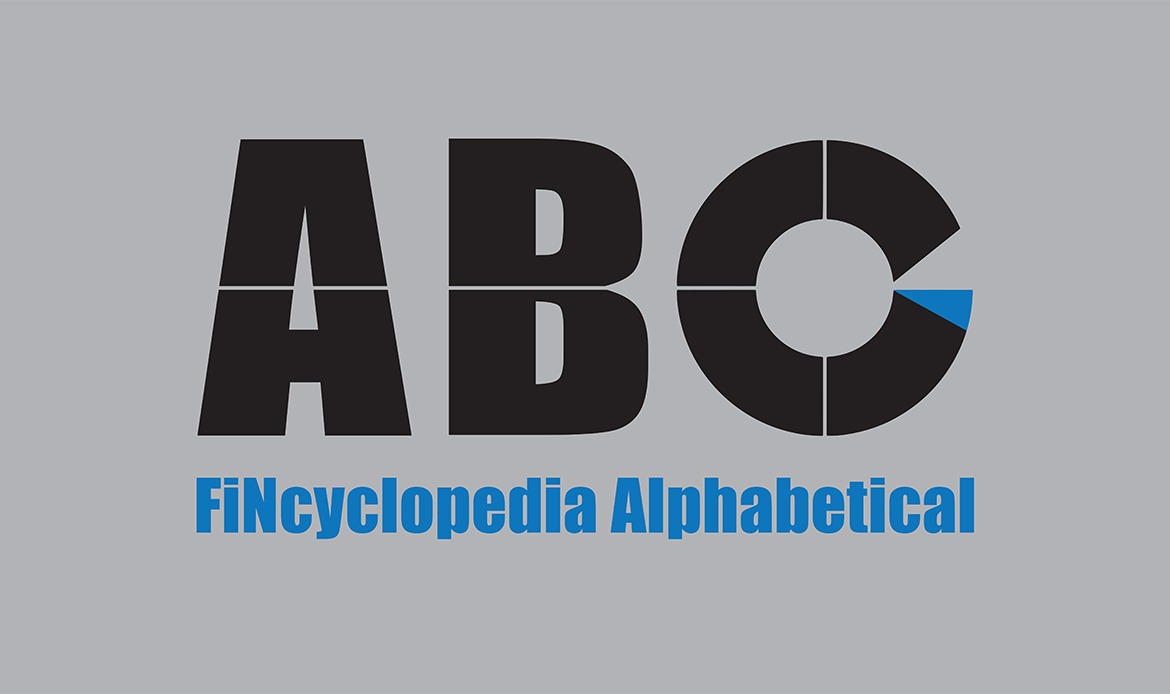The amount of tangible assets or holdings (or tangibles-backed instruments) to the size of overall asset base (such as total assets of an entity or total assets in a pool, etc.)
Tangibility ratio is a closely monitored measure in instruments such as sukuk and shares, and in structures such as investment pools.
For an instrument (sukuk), tangibility ratio requirements include dissolution triggers such as tangibility and delisting events and embedded put options, as well as partial-loss events, etc. In the case of sukuk, the issuer is obliged to monitor and maintain a tangibility ratio above a minimum “enhanced” level (e.g., 50%) throughout the sukuk’s term, instead of monitoring at issuance. However, if the tangibility ratio drops below the minimum maintenance level (threshold) of 33%, a number of tangibility events (dissolution of an issue), delisting of “listed” instruments, or the exercise of put options by holders.
For investment pools created by an institution (on the liability side of its balance sheet), tangibility ratio reflects the percentage of tangible holdings to the overall pool, on an unbundled basis. Any transfers to other pools necessitates transfer of a respective part, unbundled- i.e., not separated from the associated part of holdings based on the applicable tangibility ratio.





Comments